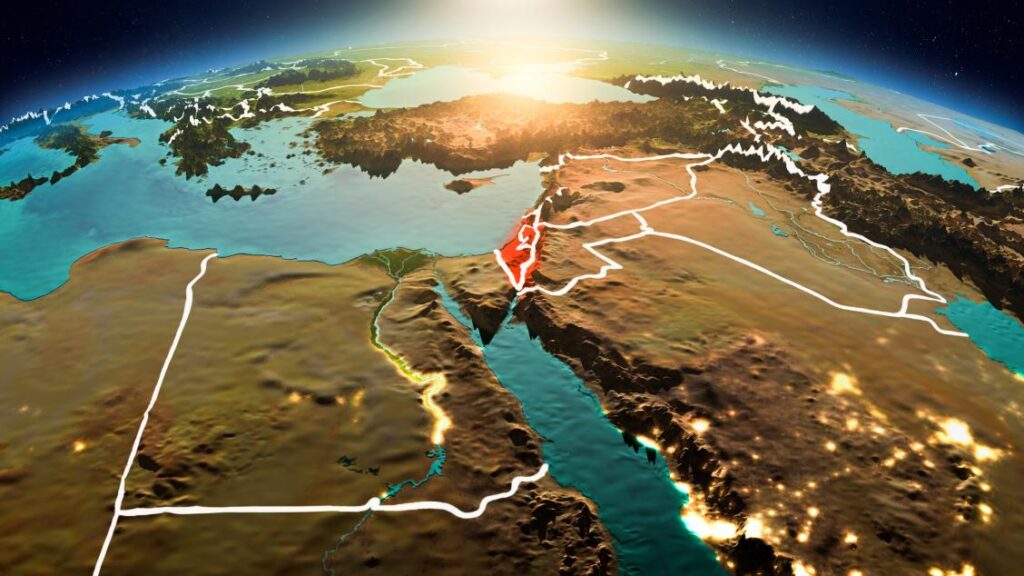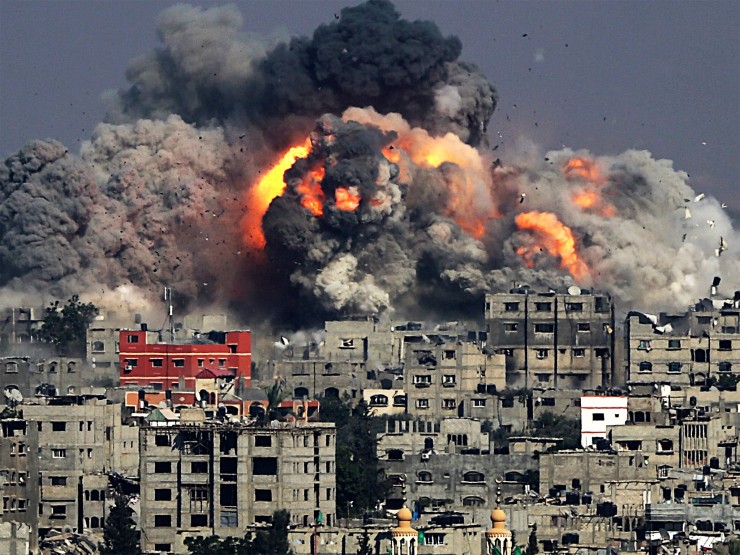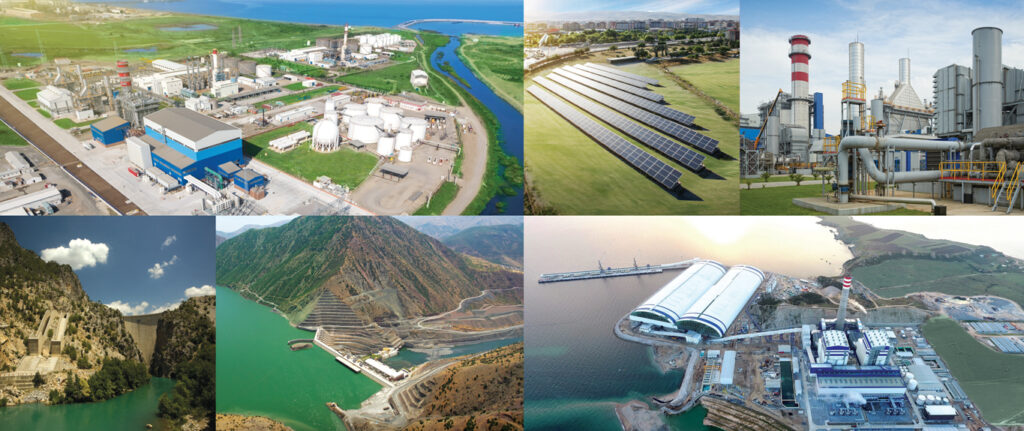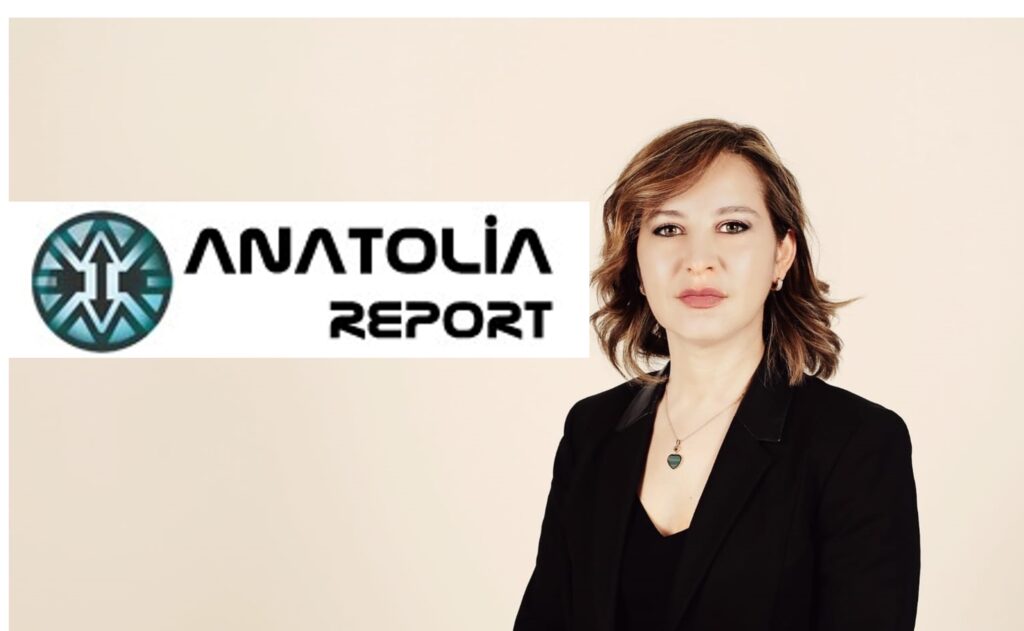How Türkiye Can Rebuild Better After the Earthquake?
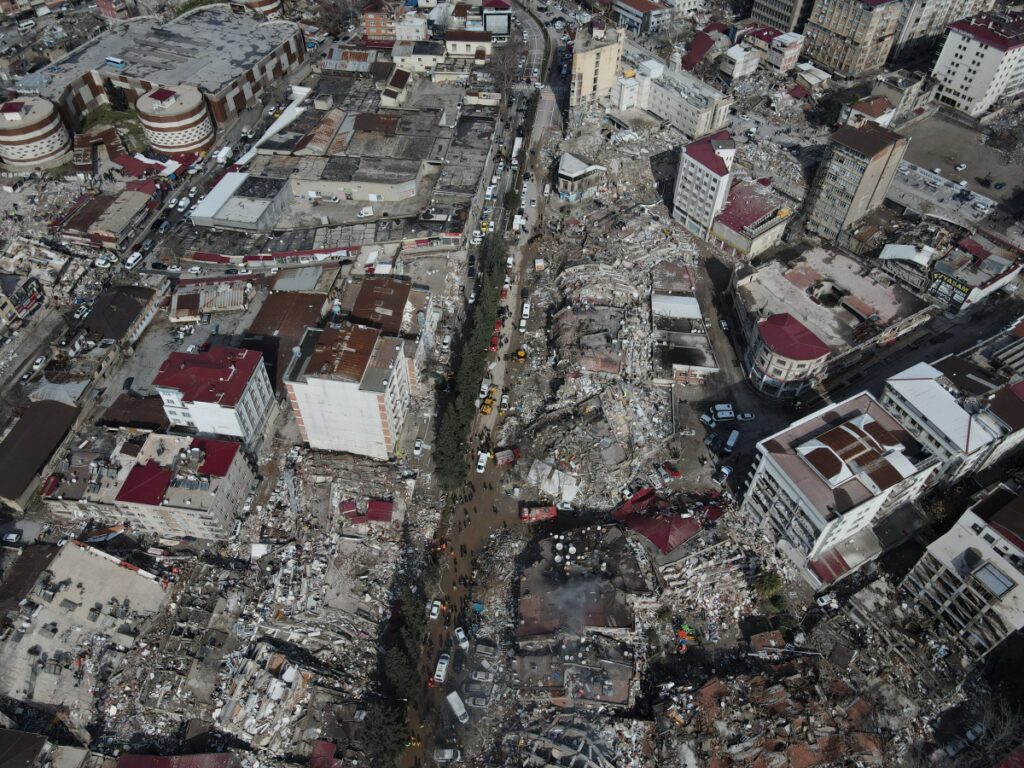
How Türkiye Can Rebuild Better After the Earthquake?
ANATOLIA REPORT
October 2023
As rescue workers conclude their efforts to find survivors in the wreckage of the 7.8 magnitude earthquake that convulsed Türkiye and Syria last week, attention is now shifting to the millions of citizens who no longer have homes to call their own, or even functioning cities to live in. According to Syrian and Turkish authorities the death toll has surpassed 40,000, and the Turkish Enterprise and Business Confederation, in a report quoted by Reuters, has put the cost of repairing homes, businesses, and infrastructure in Turkey alone at $70.8 billion.
Turkish President Tayyip Erdogan, facing an election this summer and already buffeted by accusations that his government overlooked the lax building standard that resulted in widespread death and destruction, pledged to complete housing reconstruction within a year, while preparing a program that would “make the country stand up again.” Instead of just standing Turkiye up again, maybe he should think about standing it up stronger—particularly in the face of worsening climate impacts.
Türkiye’s use of outdated building methods in one of the most earthquake-prone areas of the world all but guaranteed devastation when the quake hit, and the new construction will have to reflect the region’s seismic reality. But those are not the only risks. In its 2021 report, the U.N. Intergovernmental Panel on Climate Change (IPCC) concluded that Türkiye will experience higher temperatures, heatwaves, drought, and rising sea levels as the world warms. Any new construction will have to keep that future in mind, says Hélène Chartier, the director of urban planning and design for C40, a global consortium of mayors dedicated to helping cities adapt to and combat climate change. “Trying to rebuild after an earthquake without considering climate risks would be a big mistake. Türkiye should already be thinking of how to rebuild without reproducing a model of construction that is part of the problem, not just for earthquakes, but for climate risk across the world.”
It may seem insensitive to focus on climate resiliency in the wake of so much non-climate-caused destruction, says Remy Kalter, the head of public affairs at the Solar Impulse Foundation, an organization that promotes climate based technological solutions, but it’s important to think about it now, before pressure mounts to rebuild quickly.
Construction is one of the biggest contributors to climate change—13% of global emissions—and decisions taken now will be locked in for decades. Kalter cites Europe’s post World War Two building boom as an example: hastily built “temporary” structures that still stand today, inefficient, poorly planned and shunned by all but the most desperate, perpetuating social divides and poor urban integration. “You don’t want a building that 50 years from now is unlivable because it didn’t take future needs for air conditioning into account,” says Kalter.
“There is an opportunity to not just rebuild, but to develop a new way of building that promotes livability,” says Chartier, who is also working on a climate resilient, post-war reconstruction plan for Kharkhiv, in Ukraine. “We need to think about what makes a good, sustainable neighborhood, and then build that.” The technology already exists, she says. All it takes is a brief pause—maybe an extra month or two—to develop a plan before plunging headlong into a reconstruction blitz. “It’s just taking the time to do it well, rather than recreating what was there before. The biggest climate mistake we could make is rebuilding super quick, creating a situation that is supposed to be temporary but that lasts.”
World Bank Approves $1 Billion for Türkiye to Help Restore Rural Homes and Essential Public Services to People in Earthquake-Hit Areas
The World Bank Board today approved $1 billion in financing to support Türkiye’s efforts to restore essential public services and resilient rural housing in areas that were hit by catastrophic earthquakes earlier this year.
The Türkiye Earthquake Recovery and Reconstruction Project will help restore health services; rebuild damaged or destroyed municipal infrastructure; and repair and rebuild rural homes damaged or destroyed by the twin earthquakes which struck southern Türkiye on February 6, 2023. The project’s activities will span 11 provinces which suffered the heaviest earthquake damage, and which are home to about 14 million people.
The February 2023 earthquakes killed more than 50,000 people, displaced more than 3.3 million, and damaged or destroyed over 800,000 buildings. It was the largest such disaster to hit the country in over 80 years.
“The World Bank has been accompanying Türkiye since the day of the earthquakes sharing our experience and expertise in disaster risk management and post-natural disaster recovery reconstruction. We know well that the ongoing efforts from this enormous devastation will span several years and will require considerable resources. And in that journey, we will be with Türkiye helping rebuild the affected communities,” said Humberto Lopez, World Bank Country Director for Türkiye.
A Global Rapid Post-Disaster Damage Estimation (GRADE) Report, carried out by the World Bank soon after the earthquakes struck, estimated $34 billion in direct damages. Of this, residential buildings accounted for more than half of the total physical damage, non-residential buildings (such as health facilities, schools, government buildings, and private sector buildings) accounted for nearly 30%, and infrastructure (including roads, power, water supply) about 20%.
The Türkiye Earthquake Recovery and Reconstruction Project is the largest single financing package to be extended to Türkiye by the World Bank. It is part of an overall package of World Bank support that is targeted at the reconstruction of infrastructure and rural housing, restoration of public services, and economic recovery and livelihood restoration. Project activities will also promote resilience to future seismic and climate hazards, sustainability, inclusion, and energy efficiency.
The project’s main components are:
> Restoration of Municipal Infrastructure and Services, which will involve rehabilitation and reconstruction of critical municipal infrastructure and facilities such as water, stormwater drainage, solid waste management facilities, and municipal fire stations, as well as replacement of damaged emergency response and municipal services equipment and vehicles (such as firefighting and rescue vehicles, solid waste collection vehicles). The restoration of these services is expected to benefit over 3.1 million people.
> Restoration of Health Services will focus on restoring health services for earthquake-affected people. This will include the installation of prefabricated primary health care facilities to replace primary health care buildings that collapsed or damaged as well as deployment of mobile clinics to reach dispersed rural settlements and people living in tent settlements or prefabricated container homes. Medical equipment will also be provided to support the functioning of new prefabricated emergency hospitals and existing hospitals not only in the earthquake-affected areas but also in provinces that have received a high influx of displaced people and transferred patients. These activities are expected to restore access to health services for nearly 3 million people.
> Rural Housing Reconstruction and Recovery will finance the climate and disaster-resilient reconstruction of 2,000 collapsed or damaged rural houses, which will house about 7,000 people, buildings vital for rural livelihoods, such as barns for livestock, as well as repair or reconstruction of basic infrastructure and social facilities in affected villages.
“As millions of earthquake survivors remain in temporary shelters and housing, this project focuses on the most urgent needs with the most positive impact on people affected from the earthquake. In addition, all of the reconstruction and repair work will ensure resilience to future natural and climate related disasters,” said Bontje Marie Zaengerling, one of the World Bank Project Team Leaders.
The World Bank is an important and reliable partner for Türkiye in disaster risk management, municipal infrastructure, housing, and health. Other World Bank-financed projects currently underway include the Türkiye Earthquake, Floods and Wildfires Emergency Reconstruction Project supporting green and resilient reconstruction in municipalities affected by disasters in 2020 and 2021; the Climate and Disaster Resilient Cities Project supporting resilient housing and municipal infrastructure in hazard-prone cities; the Disaster Risk Management in Schools Project and the Seismic Resilience and Energy Efficiency Project that strengthen the resilience of schools and public buildings, respectively, and the Health Systems Strengthening and Support Project to improve primary and secondary prevention of non-communicable diseases.
The World Bank is working with other development partners to coordinate support for Türkiye’s earthquake reconstruction and recovery efforts.

